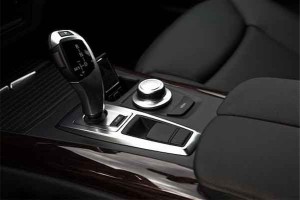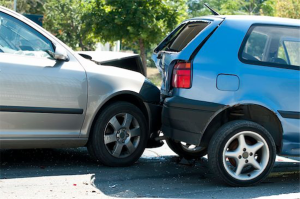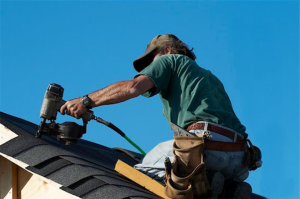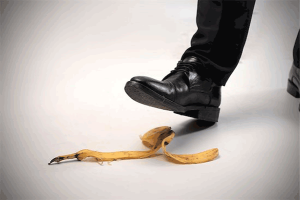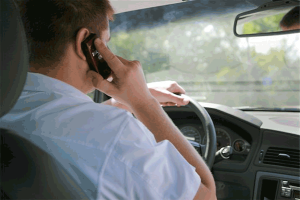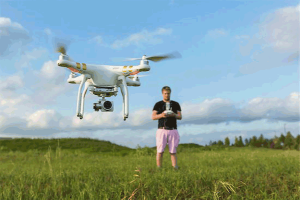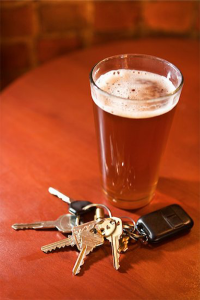Drivers, Pay Attention! Police Conducting Crackdown on Distracted Driving
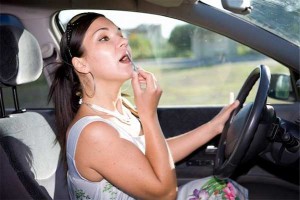 You may be adept at multitasking in your job or your home life, but when it comes to driving your attention needs to be focused. That message is being stressed this month as police in New Jersey crack down on distracted driving offenses.
You may be adept at multitasking in your job or your home life, but when it comes to driving your attention needs to be focused. That message is being stressed this month as police in New Jersey crack down on distracted driving offenses.
Because it involves many aspects of attention, text messaging is considered the most alarming distraction a driver can engage in; however, it is not the only potentially dangerous diversion. Anything that takes a driver’s primary focus off the road, including eating, drinking and grooming, is considered a driving distraction. This month, police throughout the State are making a concerted effort to discourage this behavior. To learn more, read “N.J. Distracted Driving Crackdown In April: What Could Land You a Ticket?“
 New Jersey Injury Lawyers Blog
New Jersey Injury Lawyers Blog



